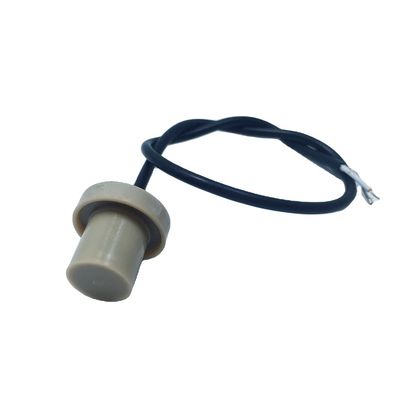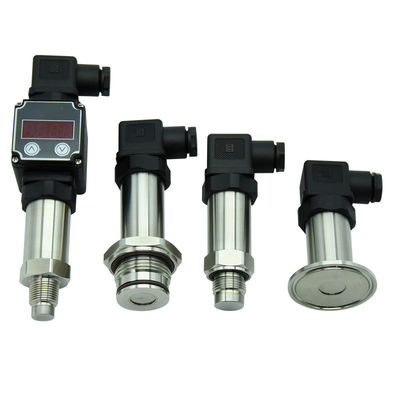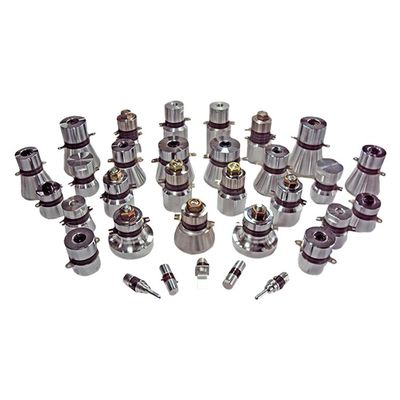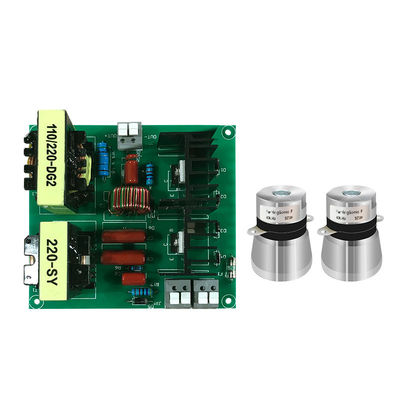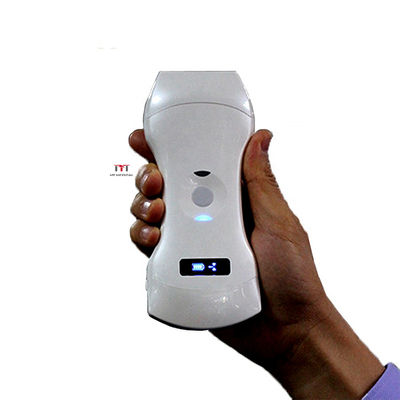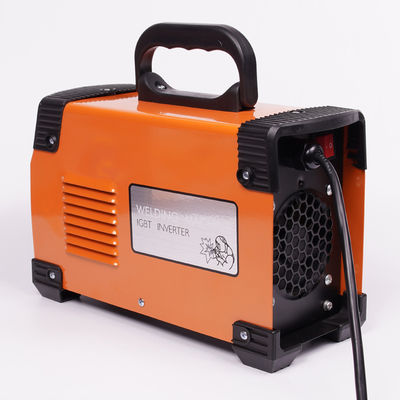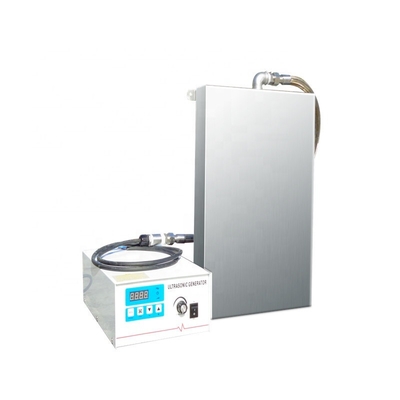Machine Type:
Industrial Ultrasonic Cleaner
Applicable Industries:
Hotels, Garment Shops, Building Material Shops, Manufacturing Plant, Machinery Repair Shops, Food & Beverage Factory, Farms, Restaurant, Home Use, Retail, Food Shop, Construction Works , Energy & Mining, Food & Beverage Shops, Advert
Showroom Location:
None
Video Outgoing-inspection:
Provided
Machinery Test Report:
Provided
Marketing Type:
Ordinary Product
Warranty Of Core Components:
2 Years
Core Components:
PLC, Engine, Pump
Condition:
New
Fuel:
Electric
Use:
Degreasing
Cleaning Process:
Hot Water Cleaning
Cleaning Type:
Industrial Ultrasonic Cleaner
Material:
Metal / Coil, SS304 Or SS316
Power:
1800
Warranty:
1 Year, 2 Years
Size:
Customized Transducer Box
Ultrasonic Power:
1800W
Transducer Quantity:
36pcs
Frequency:
40 / 28 KHZ
Application:
Degrease
Name:
Transducer Generator
Used:
Engine Carbon Cleaning
After Warranty Service:
Video Technical Support, Online Support, Spare Parts
Local Service Location:
None
Certification:
Ce, RoHS
After-sales Service Provided:
Free Spare Parts

 Your message must be between 20-3,000 characters!
Your message must be between 20-3,000 characters! Please check your E-mail!
Please check your E-mail!  Your message must be between 20-3,000 characters!
Your message must be between 20-3,000 characters! Please check your E-mail!
Please check your E-mail!
